Ciel du nord
« Ciels d’Égypte. Le « ciel du sud » et le « ciel du nord » »
ENiM 5, 2012, p. 73-102.
 Depuis les temps anciens jusqu’aux périodes tardives, les Anciens Égyptiens, pour décrire le ciel, distinguaient le « ciel du sud » et le « ciel du nord », aussi bien dans les textes que dans l’iconographie. Les représentations de la voûte céleste qui apparaissent sur des plafonds ou des couvercles de sarcophages permettent d’identifier les astres principaux du ciel dit « méridional » comme étant ceux qui se déplacent sur l’écliptique avec, essentiellement, les étoiles-décans qui balisent le parcours quotidien et annuel du soleil. Le ciel « septentrional », quant à lui, est le domaine des constellations boréales, visibles toute l’année et, pour cette raison, dénommées par les Égyptiens « Celles qui ne connaissent pas la destruction ». L’opposition « spatiale » s’accompagne d’une opposition « mythologique » : les constellations du ciel du nord sont liées à l’idée d’immortalité car on ne les voyait jamais disparaître dans la Douat. À l’inverse, les ensembles stellaires situés plus au sud, dont les prototypes sont Sirius et Orion, qui sont absents du ciel un certain temps au cours de l’année, sont comparés aux vivants : ils « vivent » lorsqu’ils brillent au firmament, et « meurent » lors de leur invisibilité, qui est ressentie comme un séjour dans la Douat. Ces observations expliquent de nombreuses allusions retrouvées dans les Textes de Pyramides.
Depuis les temps anciens jusqu’aux périodes tardives, les Anciens Égyptiens, pour décrire le ciel, distinguaient le « ciel du sud » et le « ciel du nord », aussi bien dans les textes que dans l’iconographie. Les représentations de la voûte céleste qui apparaissent sur des plafonds ou des couvercles de sarcophages permettent d’identifier les astres principaux du ciel dit « méridional » comme étant ceux qui se déplacent sur l’écliptique avec, essentiellement, les étoiles-décans qui balisent le parcours quotidien et annuel du soleil. Le ciel « septentrional », quant à lui, est le domaine des constellations boréales, visibles toute l’année et, pour cette raison, dénommées par les Égyptiens « Celles qui ne connaissent pas la destruction ». L’opposition « spatiale » s’accompagne d’une opposition « mythologique » : les constellations du ciel du nord sont liées à l’idée d’immortalité car on ne les voyait jamais disparaître dans la Douat. À l’inverse, les ensembles stellaires situés plus au sud, dont les prototypes sont Sirius et Orion, qui sont absents du ciel un certain temps au cours de l’année, sont comparés aux vivants : ils « vivent » lorsqu’ils brillent au firmament, et « meurent » lors de leur invisibilité, qui est ressentie comme un séjour dans la Douat. Ces observations expliquent de nombreuses allusions retrouvées dans les Textes de Pyramides.
 From very early times down to the late periods, the Ancient Egyptians describing the firmament distinguished the “southern sky” and the “northern sky” in their texts as well as in their iconography. Representations of the sky that appear on ceilings or coffin lids permit to identify the main stars in the sky called “southern” as those that move along the ecliptic comprising, in essence, the decanal stars that mark the daily and annual course of the sun. The northern sky, on the other hand, is the domain of the boreal constellations that are visible throughout the year, which is why the Egyptians called them “Those who do not know destruction”.The “spatial” opposition is accompanied by a “mythological” one: the constellations of the northern sky are tied to the notion of immortality because they can never be seen to vanish into the Duat. Inversely, the constellations situated further to the south, with Sirius and Orion as prototypes, which are absent from the sky during a certain lapse of time in the year, are compared to the living: they “live” while they sparkle in the night firmament and “die” during their invisibility, which is perceived as a passage in the Duat. These observations explain a great variety of mythological allusions issuing from the Pyramid Texts.
From very early times down to the late periods, the Ancient Egyptians describing the firmament distinguished the “southern sky” and the “northern sky” in their texts as well as in their iconography. Representations of the sky that appear on ceilings or coffin lids permit to identify the main stars in the sky called “southern” as those that move along the ecliptic comprising, in essence, the decanal stars that mark the daily and annual course of the sun. The northern sky, on the other hand, is the domain of the boreal constellations that are visible throughout the year, which is why the Egyptians called them “Those who do not know destruction”.The “spatial” opposition is accompanied by a “mythological” one: the constellations of the northern sky are tied to the notion of immortality because they can never be seen to vanish into the Duat. Inversely, the constellations situated further to the south, with Sirius and Orion as prototypes, which are absent from the sky during a certain lapse of time in the year, are compared to the living: they “live” while they sparkle in the night firmament and “die” during their invisibility, which is perceived as a passage in the Duat. These observations explain a great variety of mythological allusions issuing from the Pyramid Texts.
 Consulter cet article (50127) -
Consulter cet article (50127) -  Télécharger cet article au format pdf (26494)
Télécharger cet article au format pdf (26494)
« The mythological importance of the constellation Msḫtjw in mortuary representations until the end of the New Kingdom »
ENiM 13, 2020, p. 1-61.
 Étant une des rares constellations Ă pouvoir ĂŞtre identifiĂ©es avec une certitude raisonnable comme la (Grande) Casserole, une partie de la Grande Ourse, l’astĂ©risme Ă©gyptien de Msḫtjw (la Cuisse du taureau) a reçu une attention particulière dans les Ă©tudes Ă©gyptologiques modernes. Sur certains couvercles de cercueil du Moyen Empire, il apparaĂ®t comme une patte antĂ©rieure du taureau, tandis que, depuis le Nouvel Empire, il est reprĂ©sentĂ© soit comme un taureau, soit comme un taureau avec ou sans membres, surtout dans les tombeaux royaux et ceux des Ă©lites, faisant partie du diagramme qui prĂ©sente les constellations du ciel du nord. Étant donnĂ© que les reprĂ©sentations de Msḫtjw apparaissent dans un environnement qui peut ĂŞtre Ă©troitement associĂ© Ă la sphère mortuaire, on peut poser la question de la relation qu’elles entretenaient avec les rituels et les textes funĂ©raires et, plus gĂ©nĂ©ralement, avec la notion d’au-delĂ . Le but du prĂ©sent article est de retrouver les traces des rĂ©fĂ©rences mythologiques les plus importantes qui renvoient Ă la constellation en question et de tenter de souligner sa signification comme partie d’un ensemble ayant jouĂ© un rĂ´le clĂ© dans la rĂ©surrection du dĂ©funt osirianisĂ©. Puisque toutes les sources prototypiques actuellement connues reprĂ©sentant Msḫtjw proviennent du Moyen et du Nouvel Empire, avec quelques variantes dĂ©rivĂ©es des pĂ©riodes tardives, il a Ă©tĂ© jugĂ© opportun de traiter principalement ces variantes au cours de cette Ă©tude. En consĂ©quence, l’accent a Ă©tĂ© mis sur les sources textuelles de l’Ancien au Nouvel Empire, en tenant compte des allusions postĂ©rieures, qui complètent les sources les plus anciennes.
Étant une des rares constellations Ă pouvoir ĂŞtre identifiĂ©es avec une certitude raisonnable comme la (Grande) Casserole, une partie de la Grande Ourse, l’astĂ©risme Ă©gyptien de Msḫtjw (la Cuisse du taureau) a reçu une attention particulière dans les Ă©tudes Ă©gyptologiques modernes. Sur certains couvercles de cercueil du Moyen Empire, il apparaĂ®t comme une patte antĂ©rieure du taureau, tandis que, depuis le Nouvel Empire, il est reprĂ©sentĂ© soit comme un taureau, soit comme un taureau avec ou sans membres, surtout dans les tombeaux royaux et ceux des Ă©lites, faisant partie du diagramme qui prĂ©sente les constellations du ciel du nord. Étant donnĂ© que les reprĂ©sentations de Msḫtjw apparaissent dans un environnement qui peut ĂŞtre Ă©troitement associĂ© Ă la sphère mortuaire, on peut poser la question de la relation qu’elles entretenaient avec les rituels et les textes funĂ©raires et, plus gĂ©nĂ©ralement, avec la notion d’au-delĂ . Le but du prĂ©sent article est de retrouver les traces des rĂ©fĂ©rences mythologiques les plus importantes qui renvoient Ă la constellation en question et de tenter de souligner sa signification comme partie d’un ensemble ayant jouĂ© un rĂ´le clĂ© dans la rĂ©surrection du dĂ©funt osirianisĂ©. Puisque toutes les sources prototypiques actuellement connues reprĂ©sentant Msḫtjw proviennent du Moyen et du Nouvel Empire, avec quelques variantes dĂ©rivĂ©es des pĂ©riodes tardives, il a Ă©tĂ© jugĂ© opportun de traiter principalement ces variantes au cours de cette Ă©tude. En consĂ©quence, l’accent a Ă©tĂ© mis sur les sources textuelles de l’Ancien au Nouvel Empire, en tenant compte des allusions postĂ©rieures, qui complètent les sources les plus anciennes.
 The ancient Egyptian constellation of Msḫtjw, or the Bull’s Foreleg, has obtained a unique position in modern Egytological studies as being one of the rare asterisms which can be identified with considerable certainty as our modern day Big Dipper, a part of Ursa Major. On certain Middle Kingdom coffin lids it appears as a bull’s foreleg, while from the New Kingdom on it is represented either in the from of a bull, or as a bull with or without rudimentary limbs, mostly in elite and royal tombs as being part of the diagram presenting the constellations of the northern sky. Since these depictions of Msḫtjw appear in an environment intimately related to the mortuary sphere, the question arises as to what relationship it possibly had with mortuary rituals and liturature, and – in a broader sense – with the notion of the Afterlife. The present paper endeavours to trace the most important mythological references pertaining to the examined constellation, and thereby attempts to pinpoint its significance as part of a presumed source narrative, which played a key role in the apotheosis of the Osirian deceased. Since all the presently known prototypal sources depicting Msḫtjw stem from the Middle and the New Kingdoms with only derived variants from the later periods, it was considered appropriate to discuss mainly these earlier variants during the course of this study. Accordingly, greater emphasis was put on textual sources spanning from the Old to the New Kingdom, supplied with the important echoes of mythico-religious references of later times, which tangibly justify and supplement the earliest attestable narratives.
The ancient Egyptian constellation of Msḫtjw, or the Bull’s Foreleg, has obtained a unique position in modern Egytological studies as being one of the rare asterisms which can be identified with considerable certainty as our modern day Big Dipper, a part of Ursa Major. On certain Middle Kingdom coffin lids it appears as a bull’s foreleg, while from the New Kingdom on it is represented either in the from of a bull, or as a bull with or without rudimentary limbs, mostly in elite and royal tombs as being part of the diagram presenting the constellations of the northern sky. Since these depictions of Msḫtjw appear in an environment intimately related to the mortuary sphere, the question arises as to what relationship it possibly had with mortuary rituals and liturature, and – in a broader sense – with the notion of the Afterlife. The present paper endeavours to trace the most important mythological references pertaining to the examined constellation, and thereby attempts to pinpoint its significance as part of a presumed source narrative, which played a key role in the apotheosis of the Osirian deceased. Since all the presently known prototypal sources depicting Msḫtjw stem from the Middle and the New Kingdoms with only derived variants from the later periods, it was considered appropriate to discuss mainly these earlier variants during the course of this study. Accordingly, greater emphasis was put on textual sources spanning from the Old to the New Kingdom, supplied with the important echoes of mythico-religious references of later times, which tangibly justify and supplement the earliest attestable narratives.
 Consulter cet article (43315) -
Consulter cet article (43315) -  Télécharger cet article au format pdf (19945)
Télécharger cet article au format pdf (19945)
ENiM 18 - 2025
5 article(s) - 2 avril 2025.
ENiM 1 à 18 (2008-2025) : 224 articles
4 662 047 téléchargements
9 400 001 consulations.
Index des auteurs

Mots clés

Derniers articles : 
Robert Steven Bianchi
Duplication and Continuity
(ENiM 18, p. 13-36 — 11 mars 2025) 
Frédéric Mougenot
Rénénoutet à la porte de la maison
(ENiM 18, p. 1-12 — 29 janvier 2025) 
CENiM - Mise en ligne des volumes Ă©puisĂ©s : 
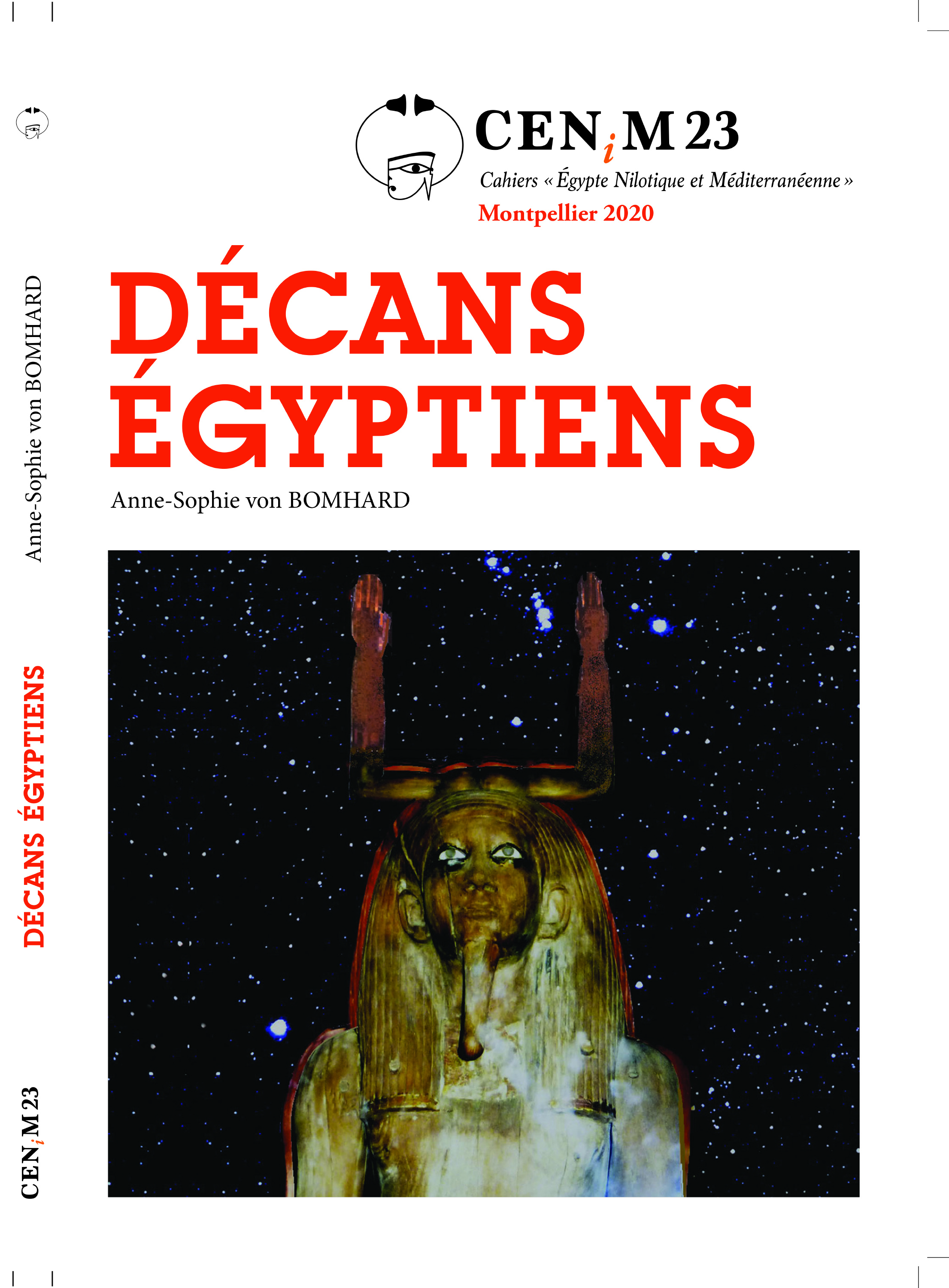 Anne-Sophie von BOMHARD DĂ©cans Ă©gyptiens, CENiM 23, Montpellier, 2020 — (2020)
Anne-Sophie von BOMHARD DĂ©cans Ă©gyptiens, CENiM 23, Montpellier, 2020 — (2020) 
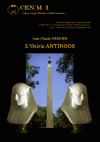 Jean-Claude Grenier L'Osiris ANTINOOS, CENiM 1, Montpellier, 2008 — (26 dĂ©cembre 2008)
Jean-Claude Grenier L'Osiris ANTINOOS, CENiM 1, Montpellier, 2008 — (26 dĂ©cembre 2008) 
TDENiM - Mise en ligne des volumes Ă©puisĂ©s : 
 Twitter
Twitter 3817035 visites - 650 visite(s) aujourd’hui - 40 connecté(s)
© ENiM - Une revue d’égyptologie sur internet
Équipe Égypte Nilotique et Méditerranéenne - UMR 5140 - « Archéologie des Sociétés Méditerranéennes » (Cnrs) - Université Paul Valéry - Montpellier III
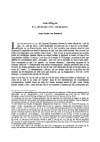
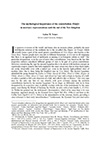
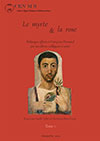
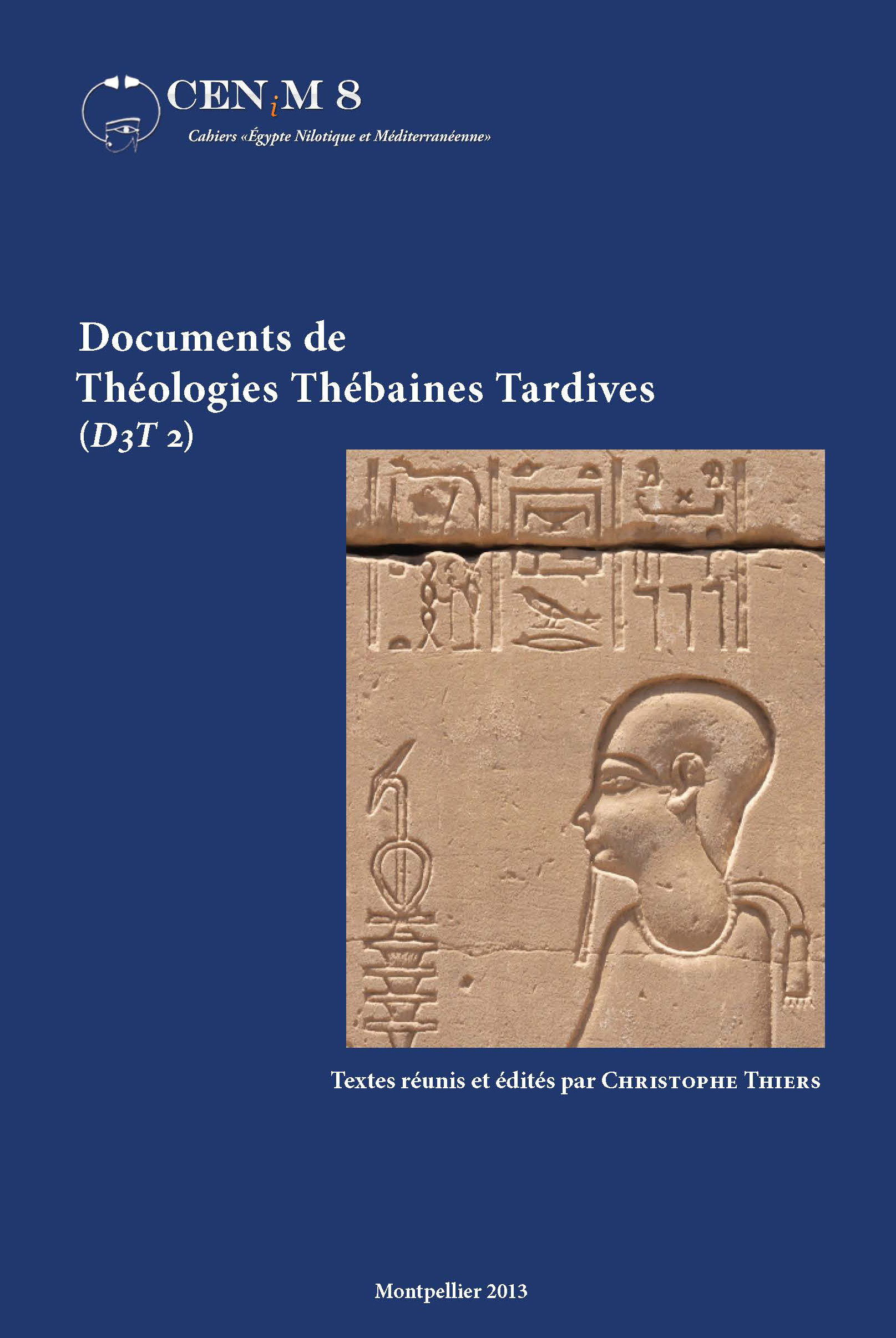

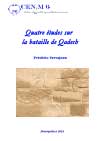
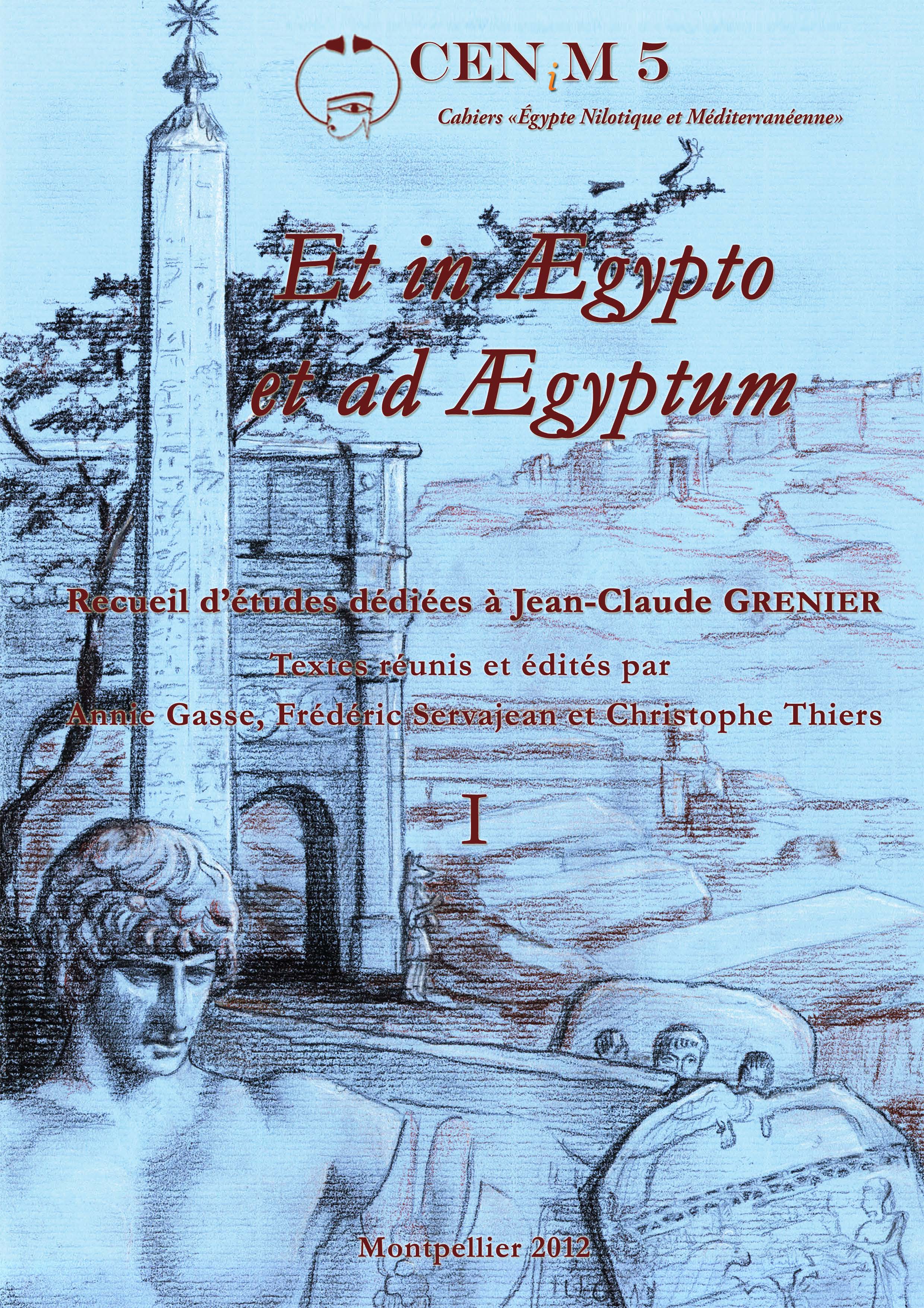
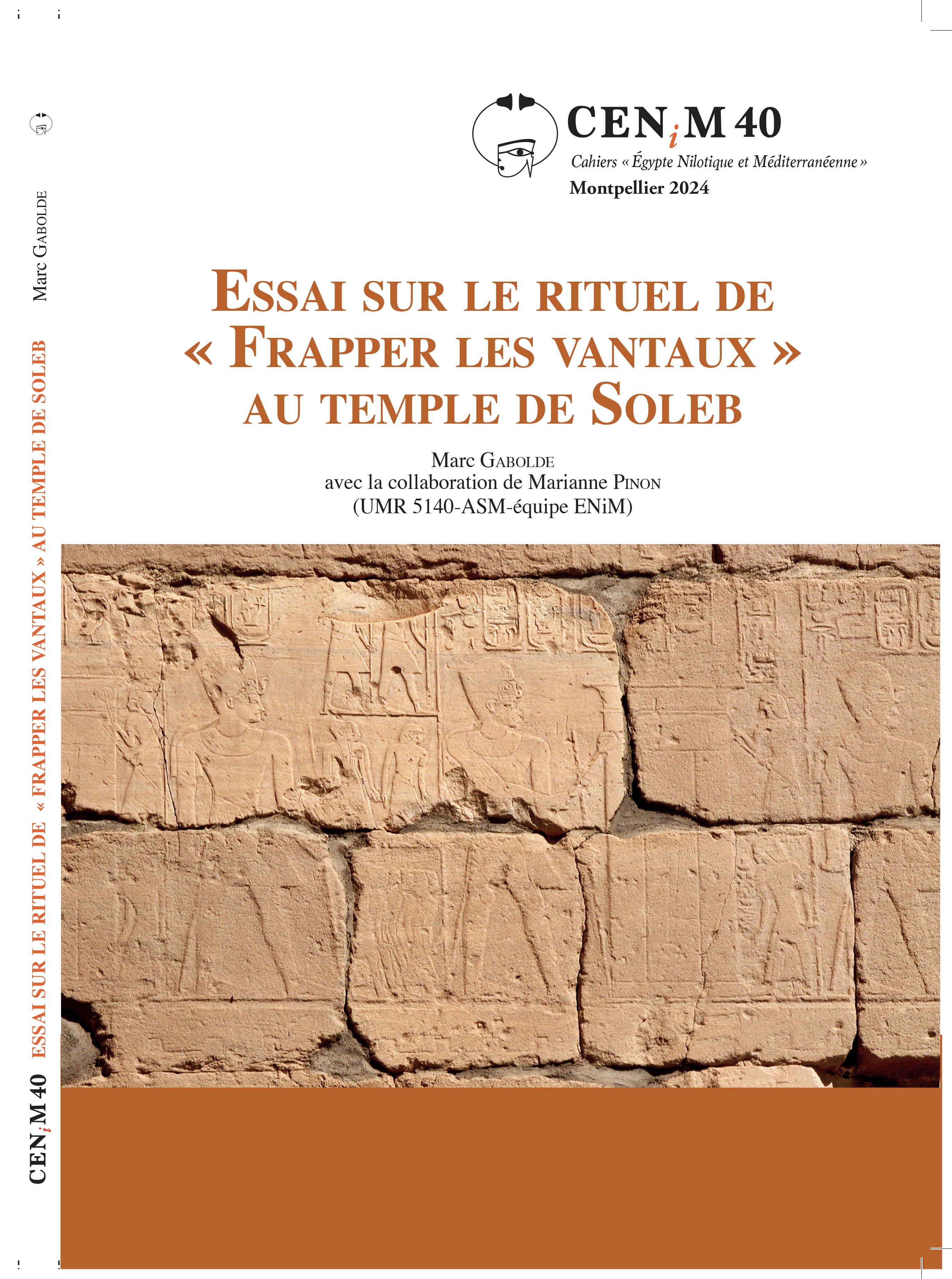
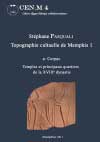
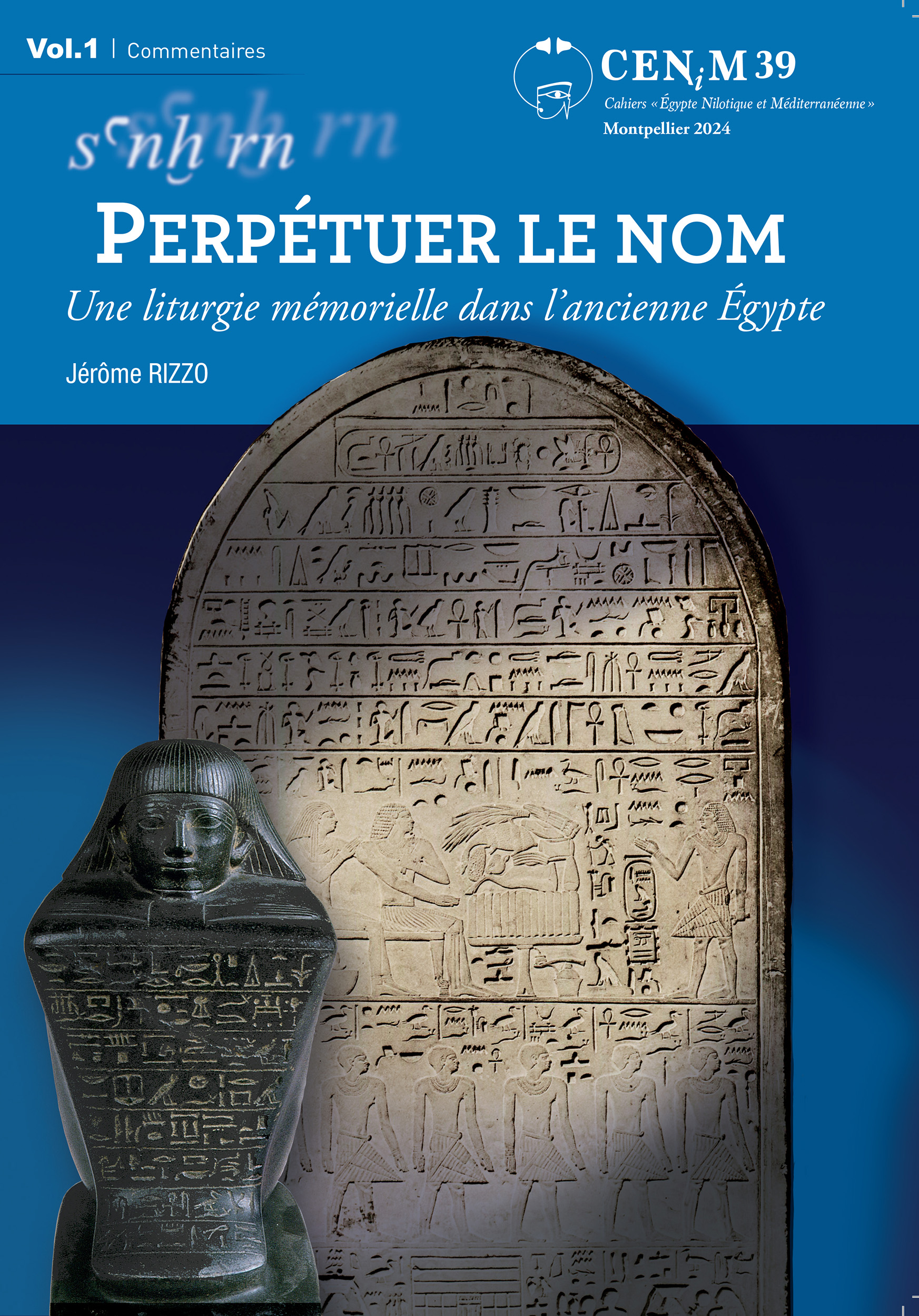
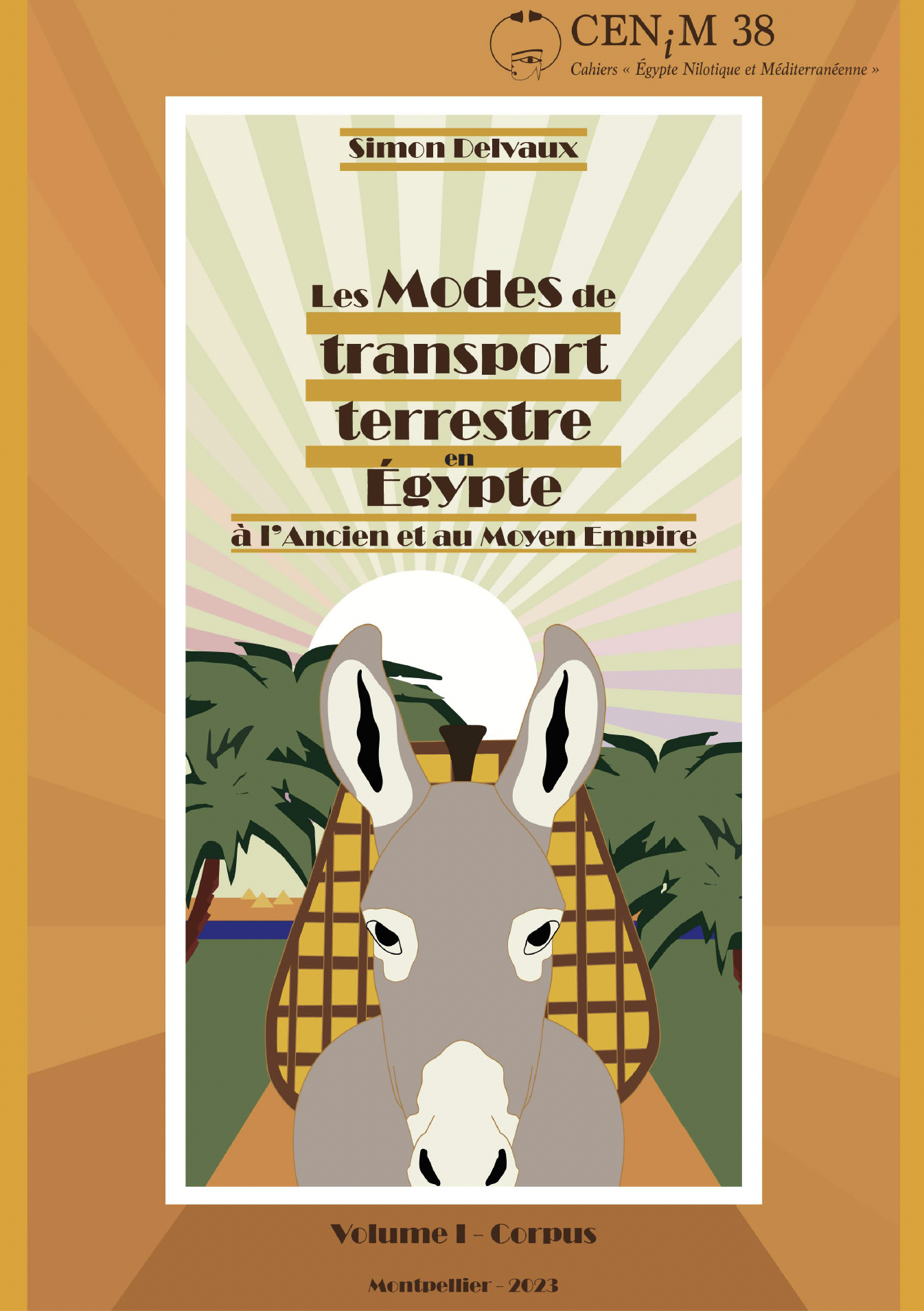
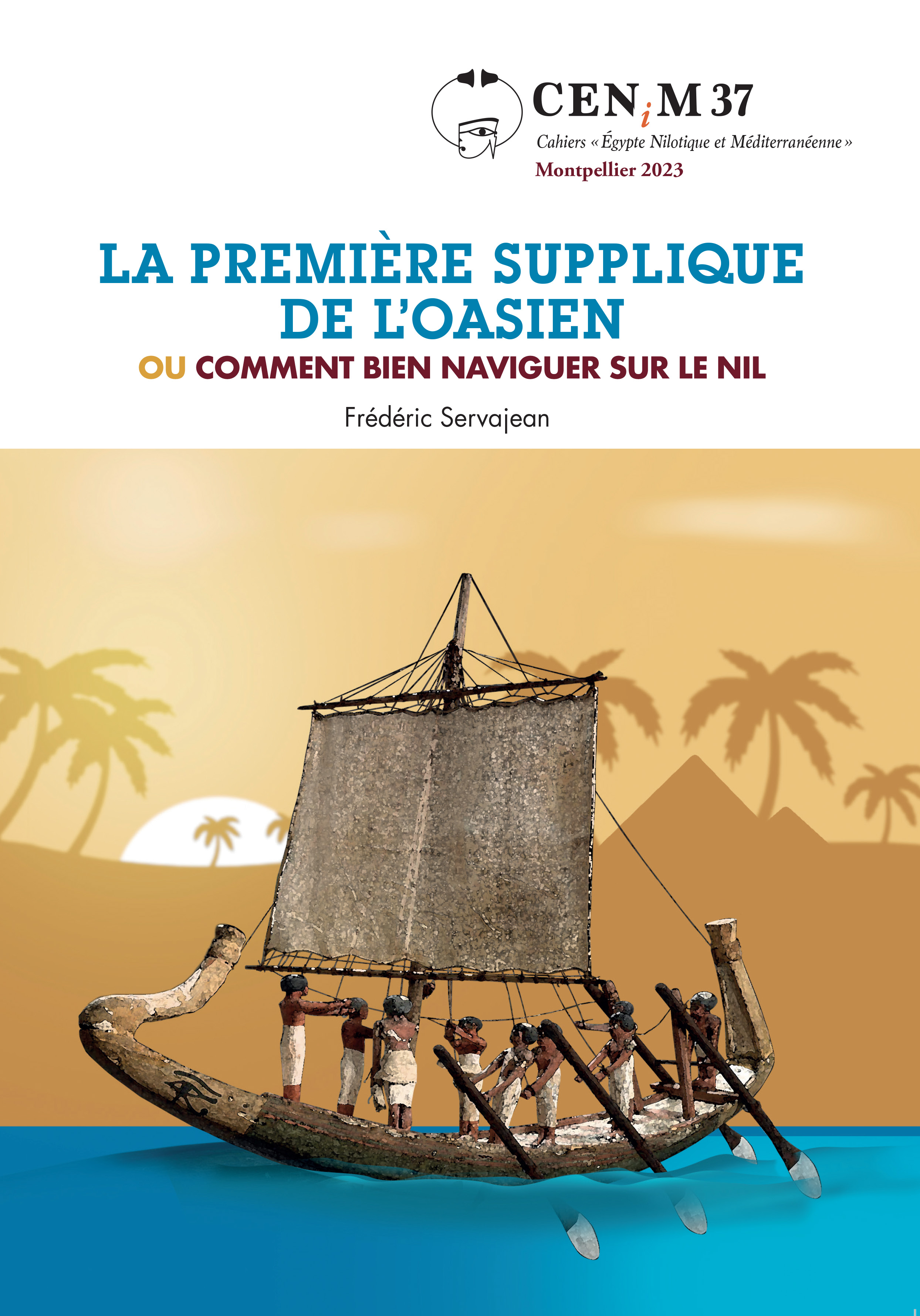
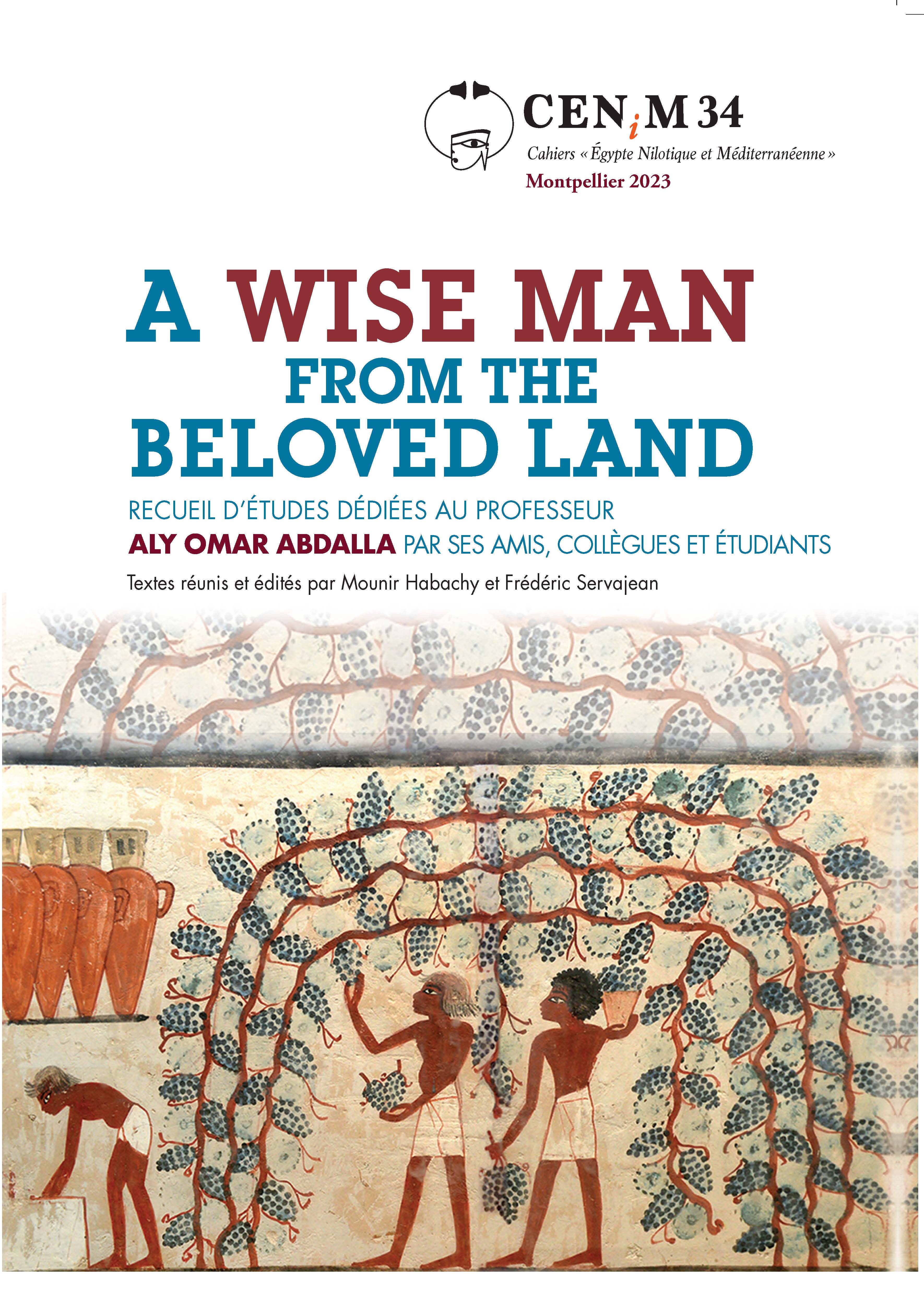
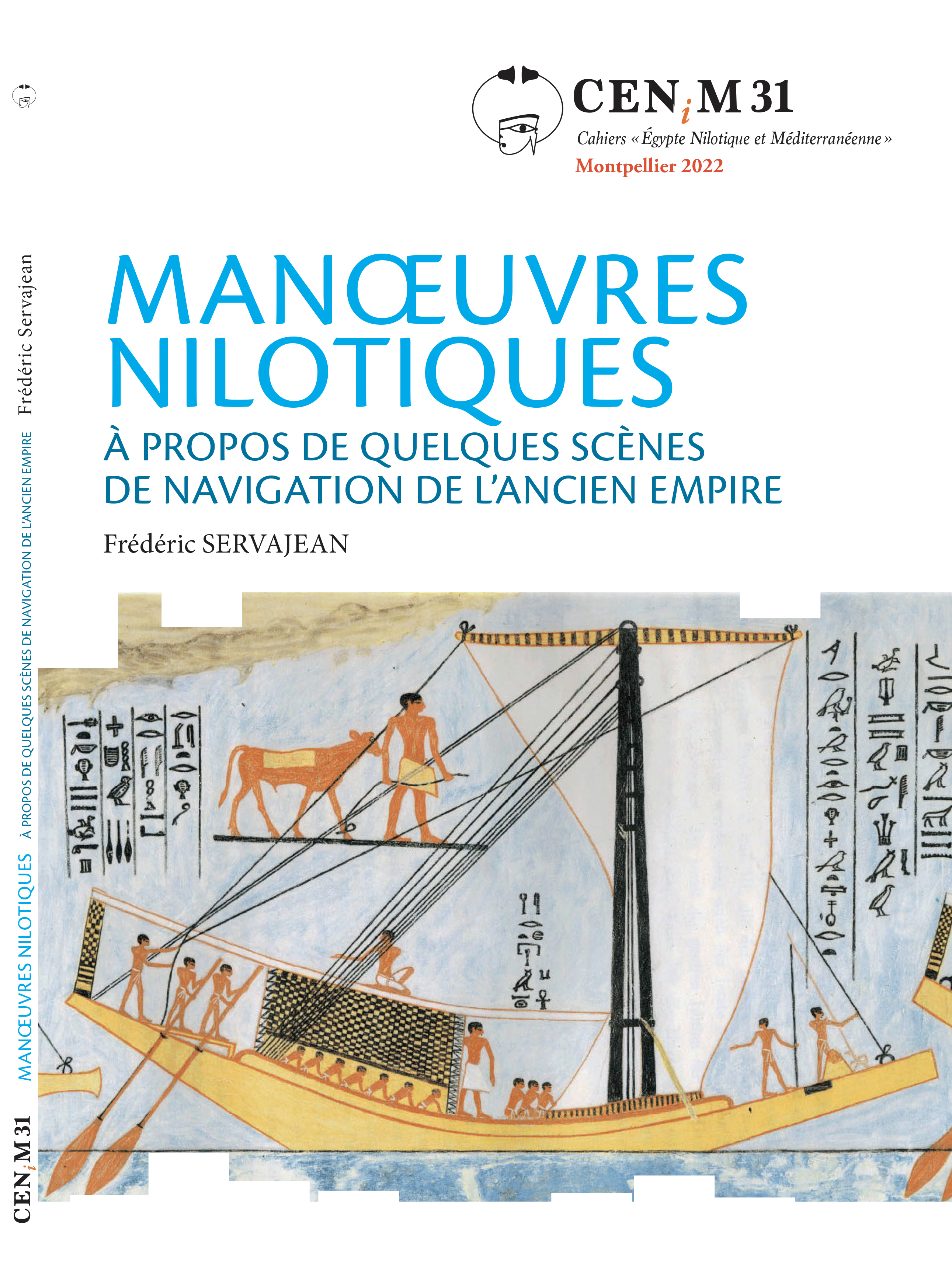
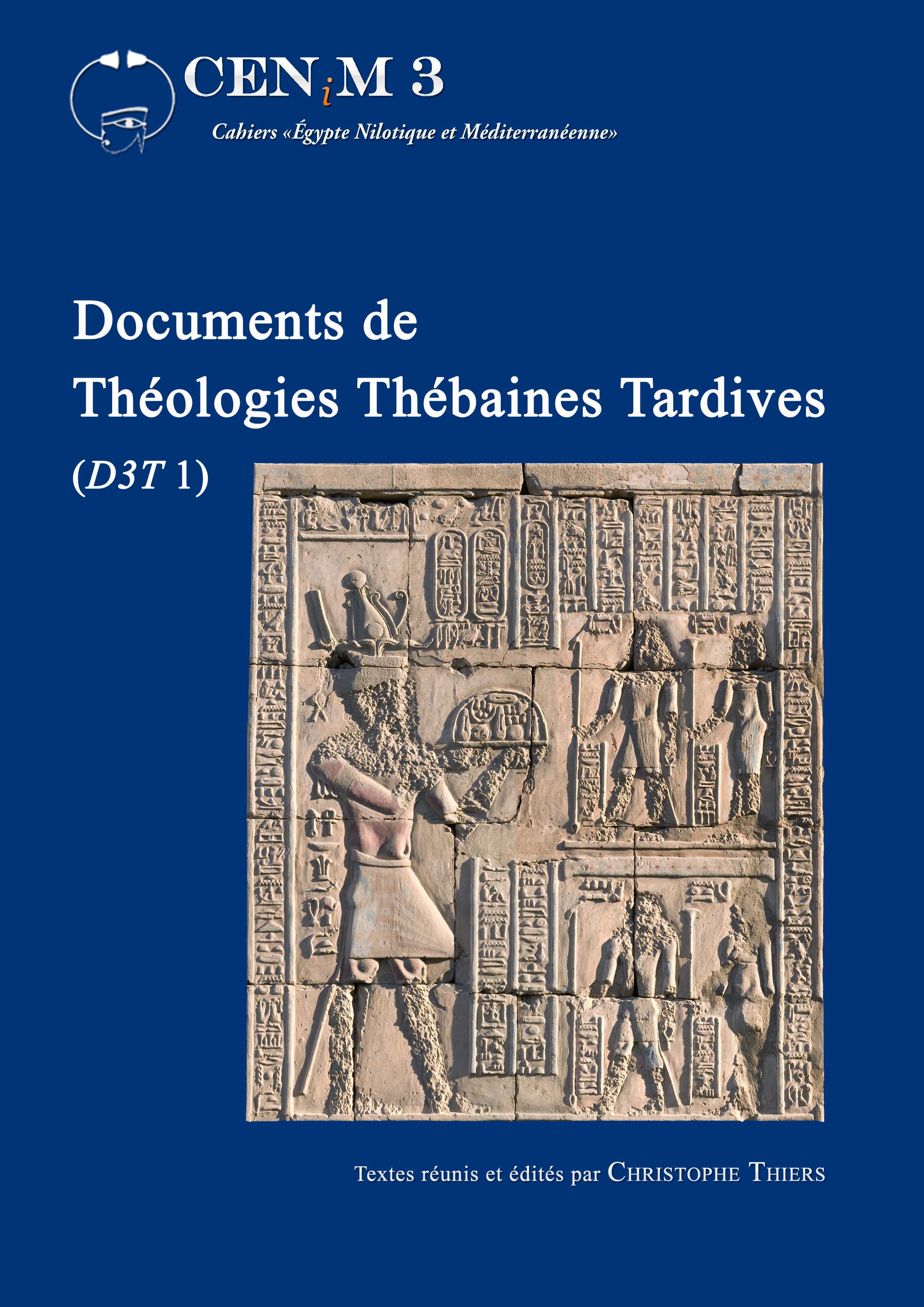
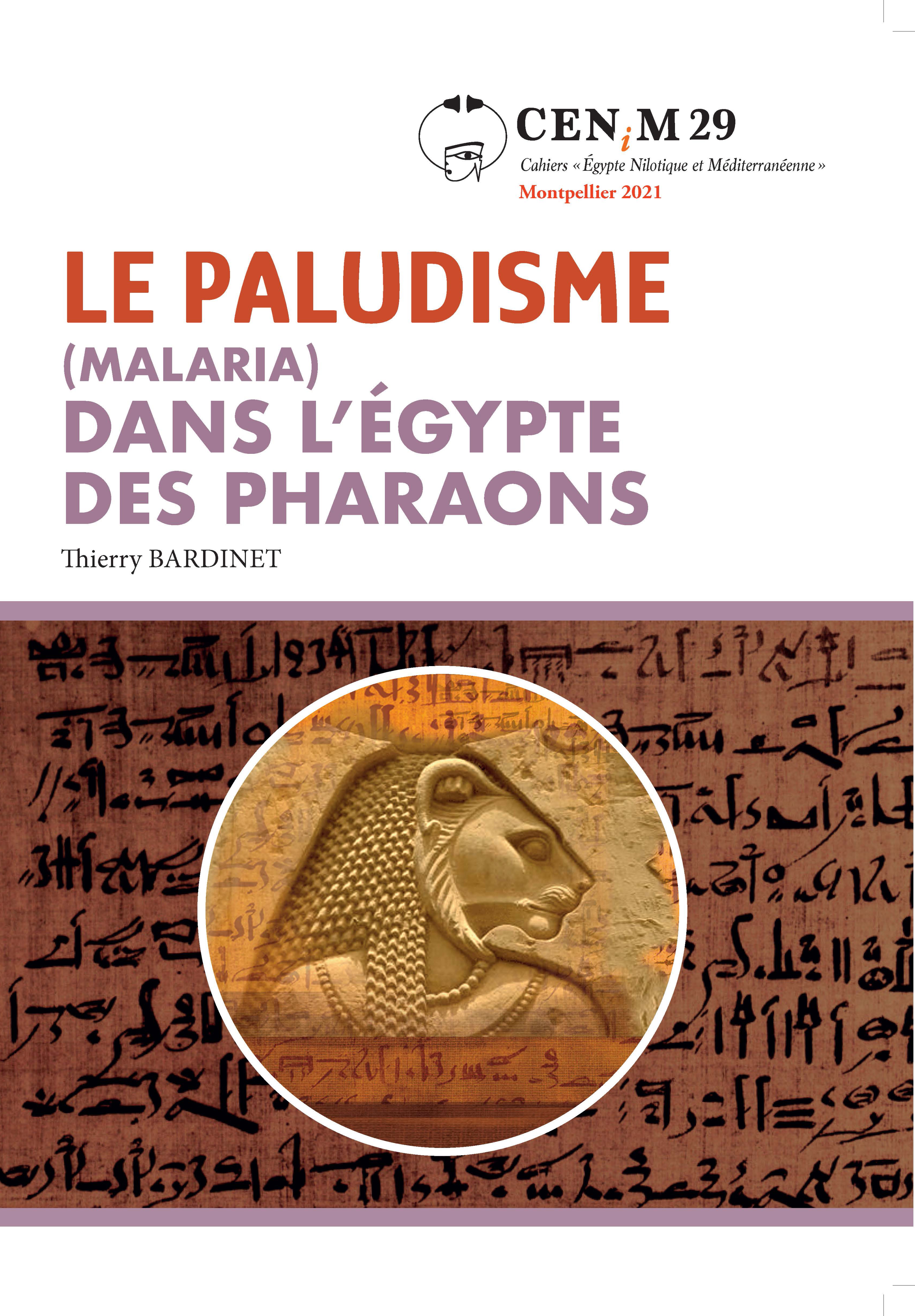
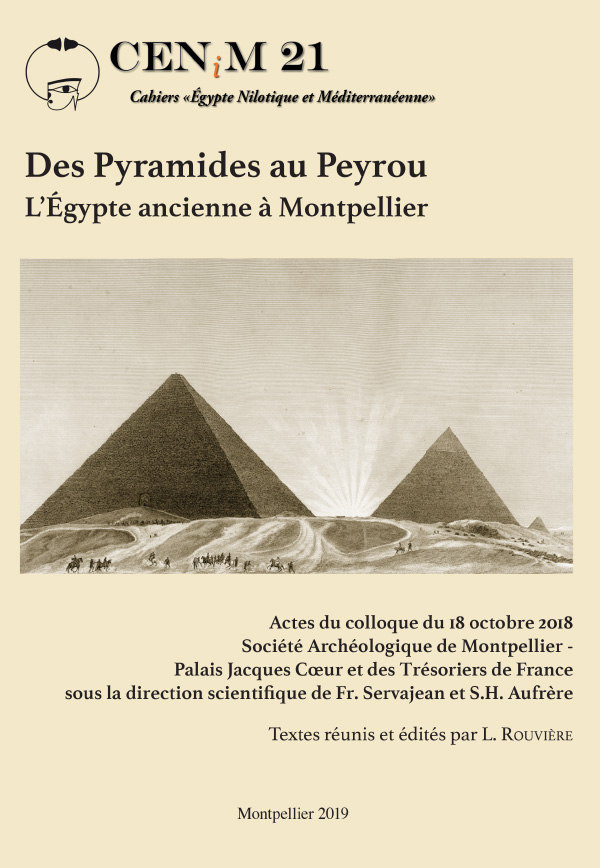
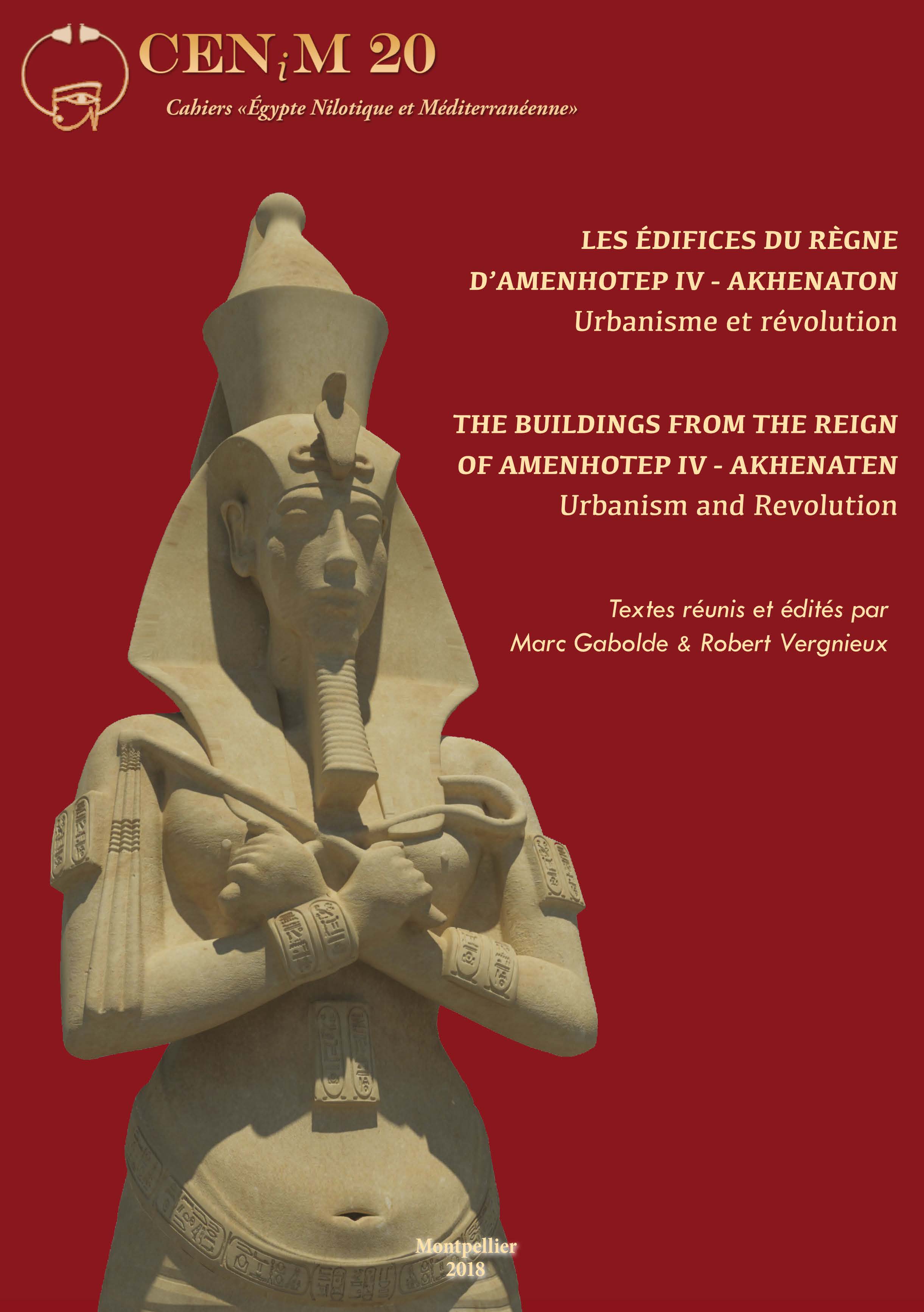
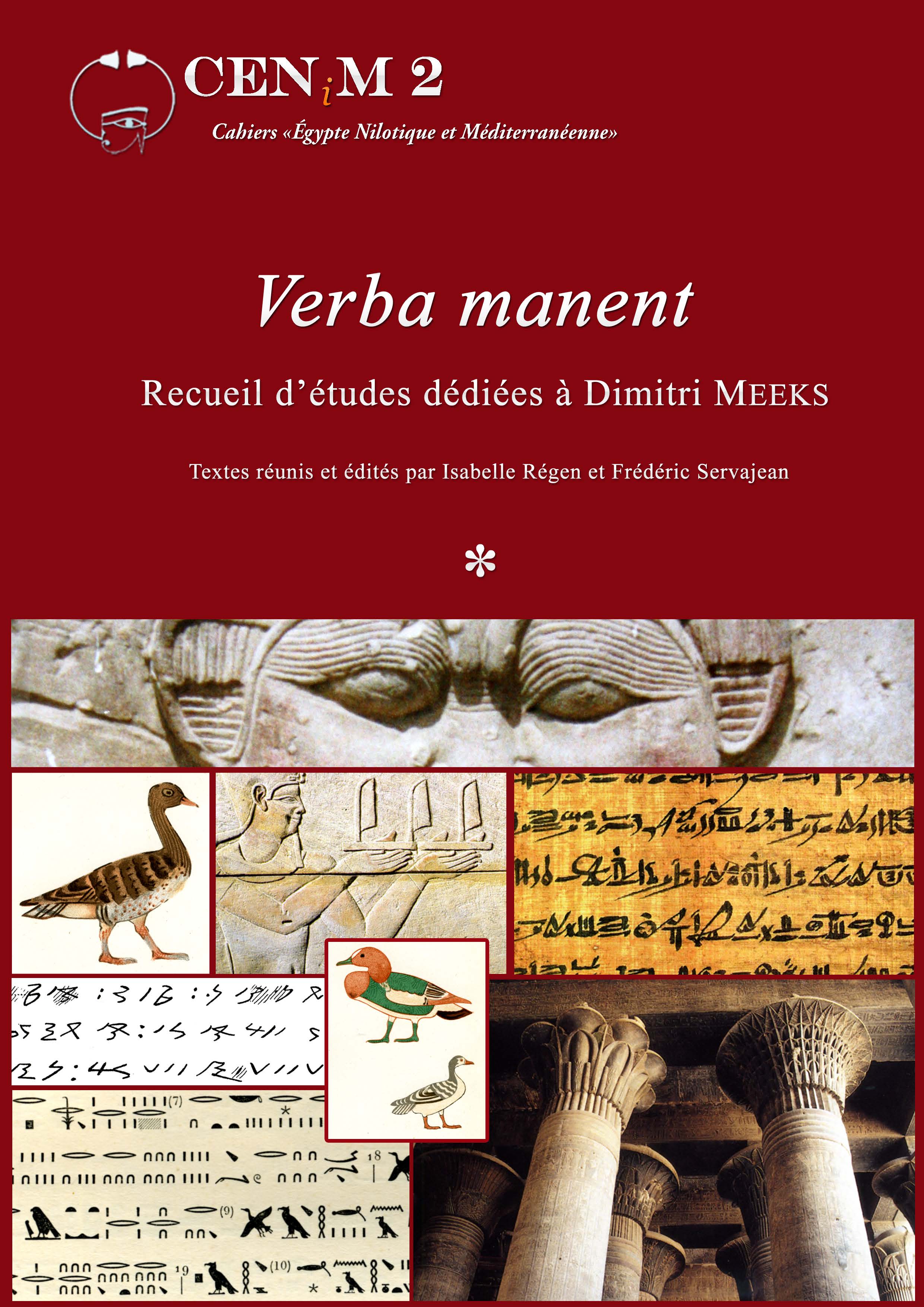
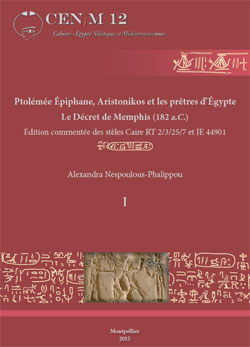
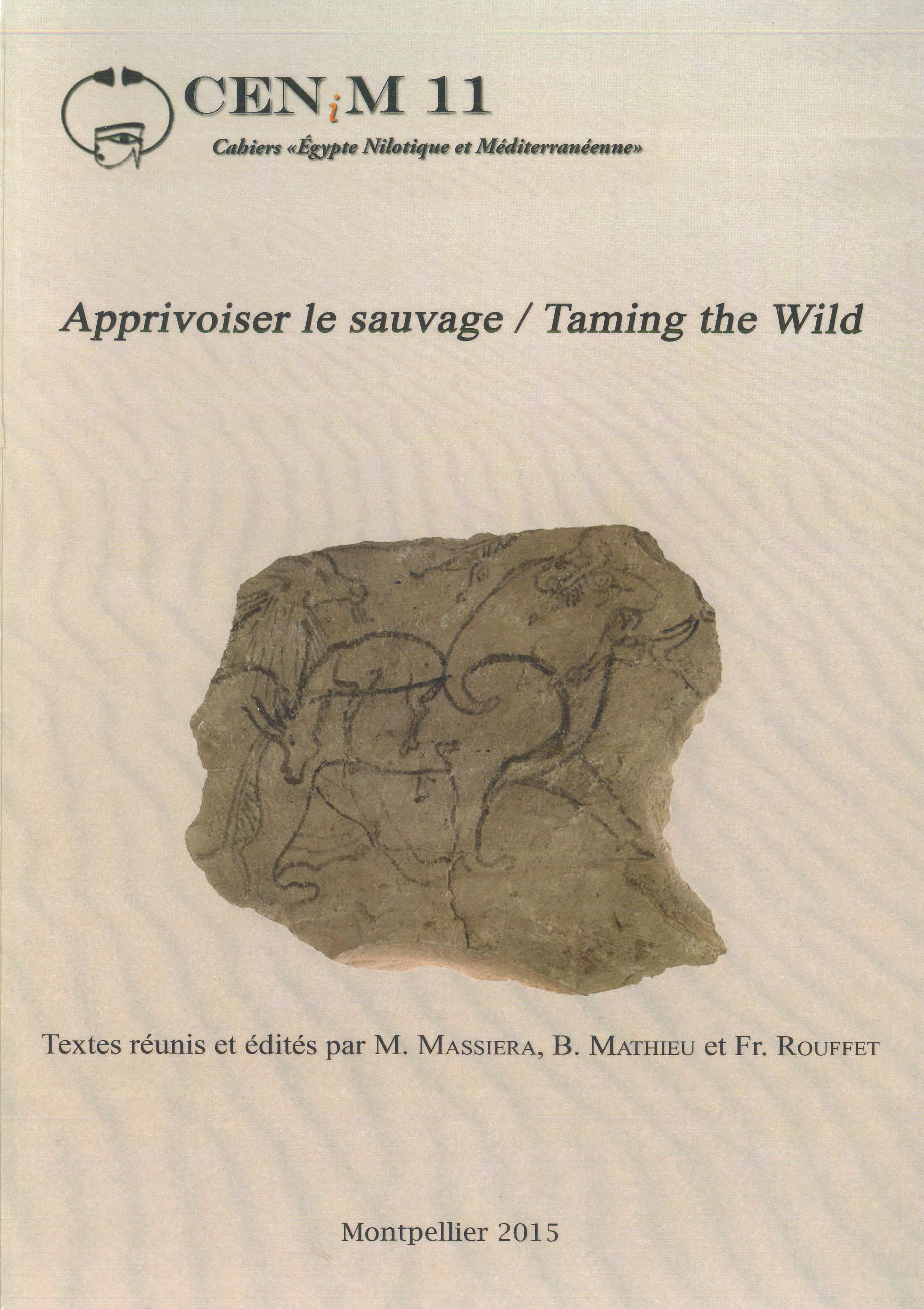
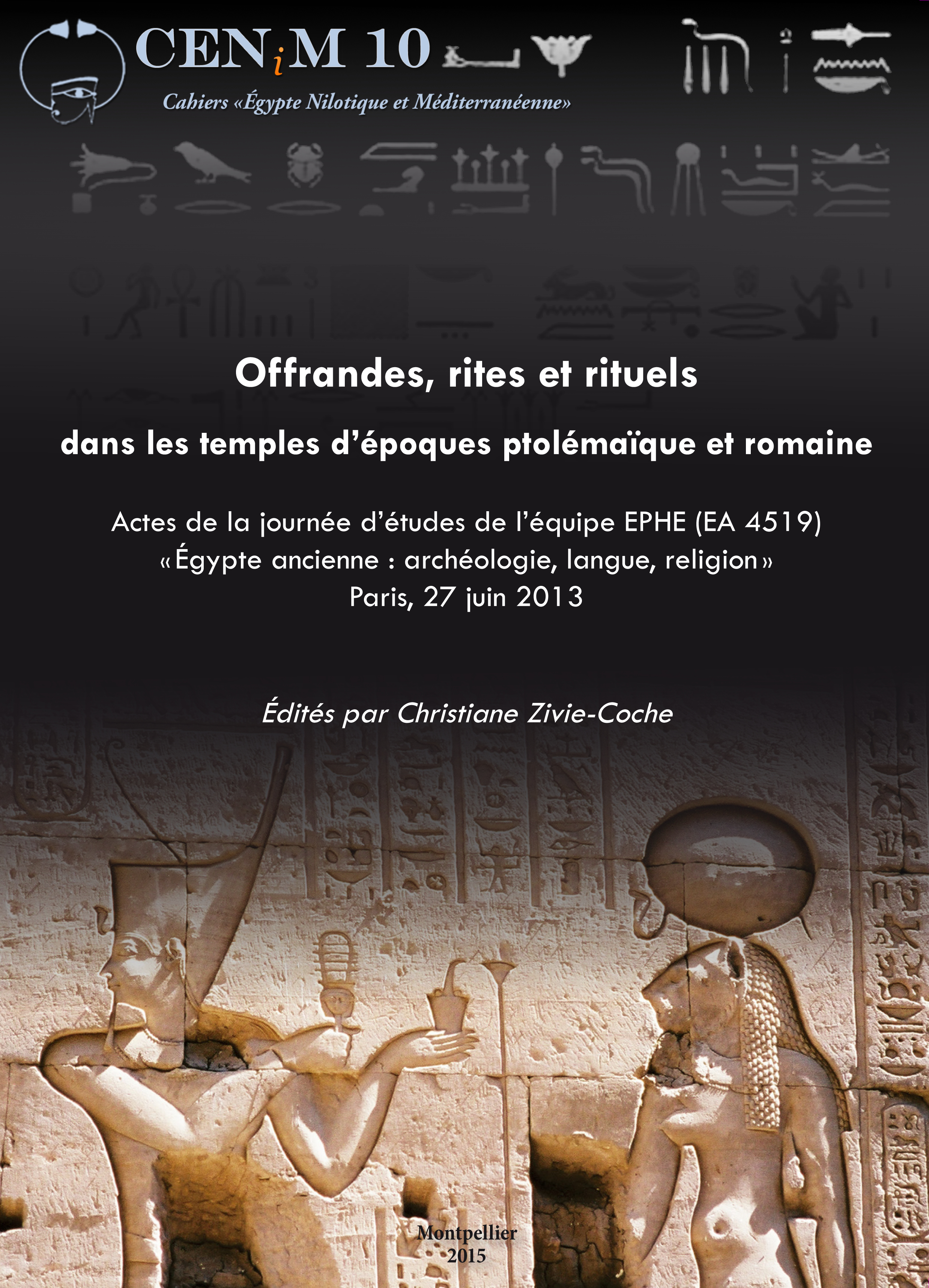
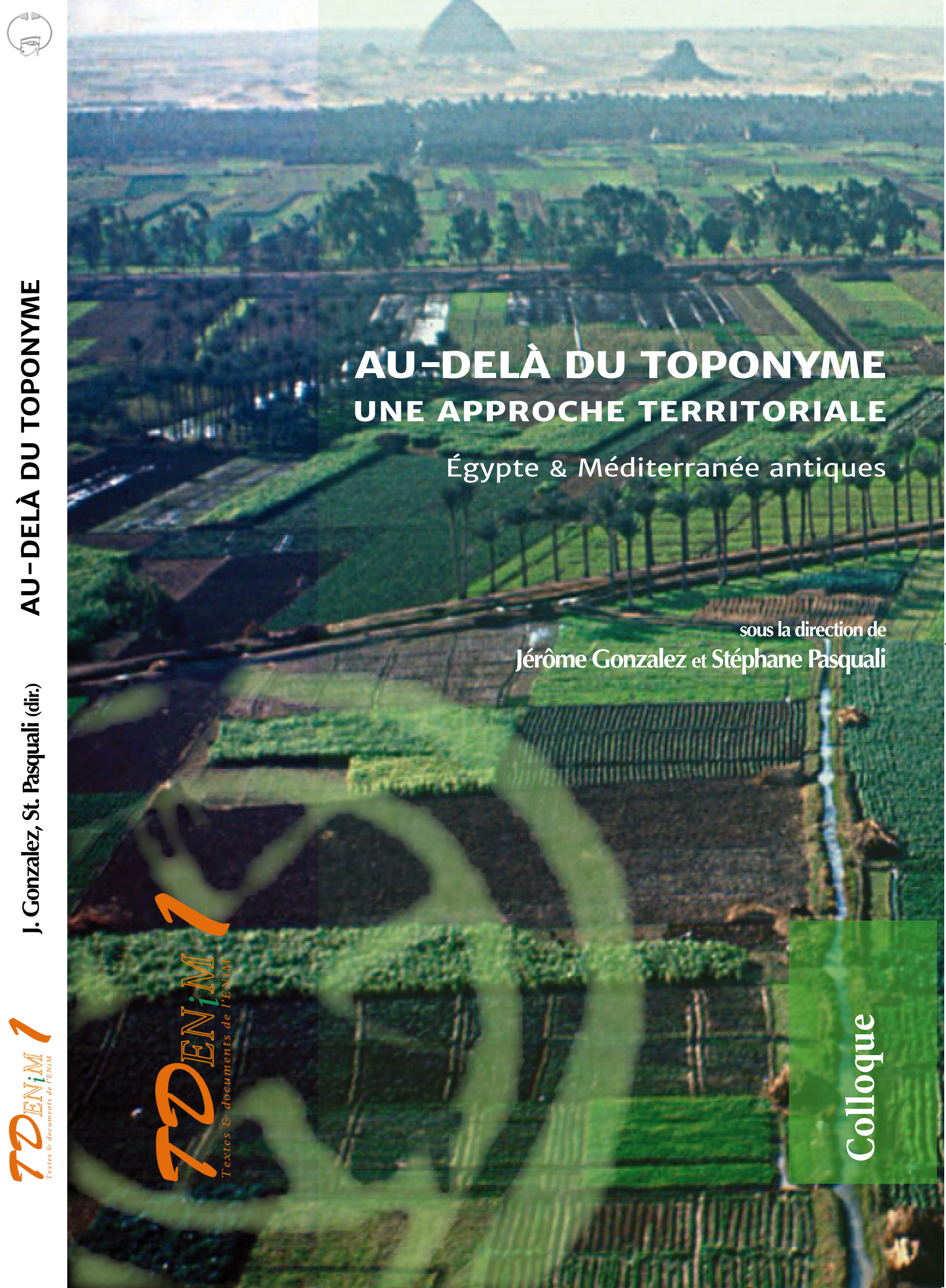
 Contact
Contact
 Abonnez-vous !
Abonnez-vous ! Équipe Égypte Nilotique et Méditerranéenne
Équipe Égypte Nilotique et Méditerranéenne UMR 5140 « Archéologie des Sociétés Méditerranéennes » (Cnrs)
UMR 5140 « Archéologie des Sociétés Méditerranéennes » (Cnrs) Université Paul Valéry - Montpellier III
Université Paul Valéry - Montpellier III